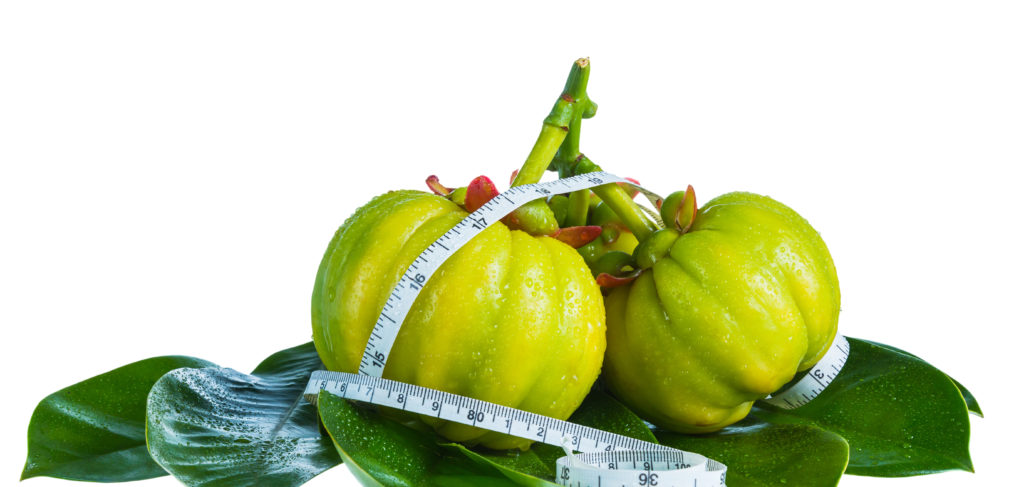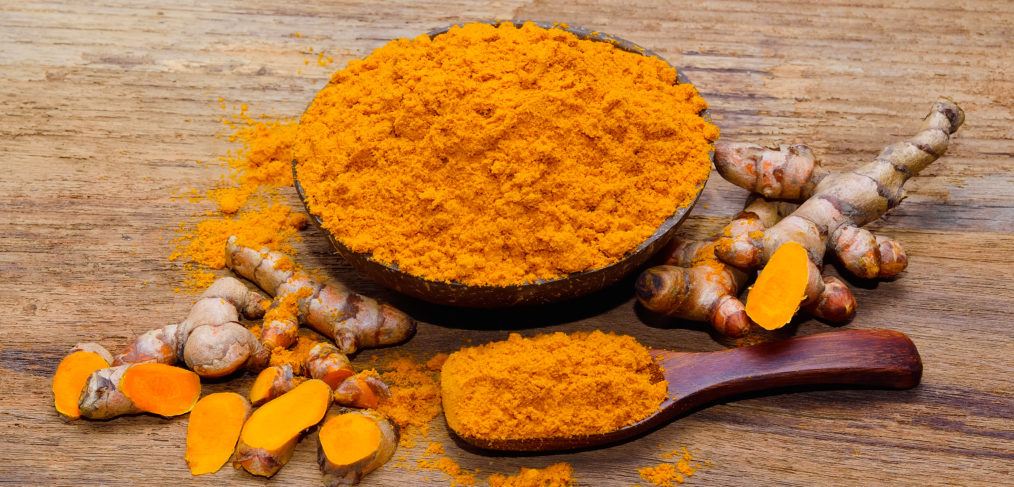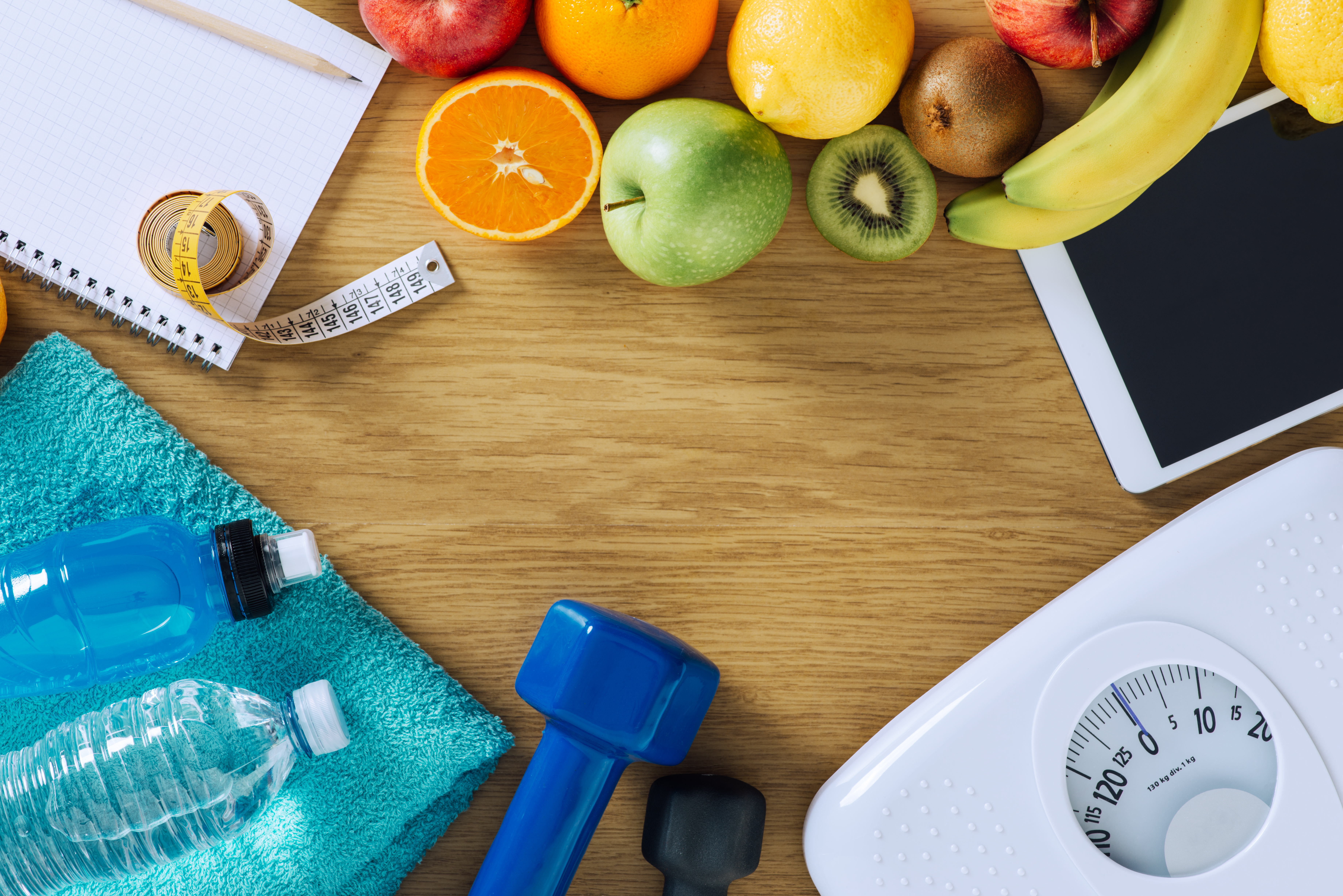Bonus: Heart Healthy Diet ideas
Our heart is a muscle and like any other muscle it needs constant strengthening. Being physically active is the first step toward good heart health and the most effective tool for strengthening the heart muscle. Staying active will also keep your weight under control and ward of artery damage from high cholesterol, high blood sugar and high blood pressure that can lead to a stroke or a heart attack.
Our body needs different kinds of exercises to provide complete fitness. So which exercises are most beneficial for your heart? According to John Hopkin’s exercise physiologist, Kerry J. Stewart, ED.D. Aerobic exercises and resistance training is that can get your heart pumping and are important for heart health. Also according to him, “Although flexibility doesn’t contribute directly to heart health, it’s nevertheless important because it provides a good foundation for performing aerobic and strength exercises more effectively.”
How do these exercises benefit us and our heart?
Aerobic Exercises
What Can Aerobic Exercises do for you?
- Improves Circulation
- Lowers blood pressure
- Lowers heart rate
- Increases overall aerobic fitness
Aerobic exercises will also help reduce the risk of type 2 diabetes. If you are already suffering from diabetes, they will help control your blood glucose.
Ideally, 30 minutes of aerobic exercises a day, five days a week should be your target.
Examples of Aerobic exercises are:
- Brisk Walking
- Swimming
- Running
- Playing Tennis
- Jumping Rope
A heart pumping exercise is recommended by doctors to improve cardiovascular health.
Resistance training (Strength Work)
How can resistance training provide cardiovascular support?
Resistance training has a more specific effect on body composition. If you are carrying a lot of body fat, (especially belly fat, which poses a great risk for heart disease) then resistance training is your ideal workout. Resistance training will help combat fat and create muscle mass. According to scientists and fitness experts, a combination of aerobic exercise and resistance workout may help raise your good cholesterol (HDL) and lower LDL (the bad cholesterol)
According to the America College of Sports and Medicine, two non-consecutive days per week of resistance training should be your target.
Examples of Resistance training:
- Working out with free weights (such as hand weights, dumbbells or barbells)
- Weight machines, with resistance bands
- Push-ups, squats, and chin ups, which use your body weight as resistance.
- Stretching, Flexibility and Balance.
Stretching and flexibility workouts will not directly contribute toward heart health. However, these exercises are beneficial for musculoskeletal health. These exercises will help you stay flexible, free of joint pain and cramps. Flexibility is what you need to be able to perform well on an aerobic exercise and resistance training.
Ideally, stretching exercises should be done daily. Before and after an exercise session should be your target.
Examples of starching:
- Yoga
- Tai Chi
- Hot yoga
We understand that at times it can be difficult to fit exercise in your busy schedule. However, there are a lot of ways to raise your heart rate during your regular day.
- Skip the escalator or elevator, take the stairs
- Take a walk during your coffee break or lunch
- Walk to work, however, if that is not possible park at the end of the parking lot so you have to walk further
- Walk more briskly
- Do your house work at a quicker pace and more often (for example vacuum more often or even daily)
- Mow the yard, rake leaves, do yard work
Best foods to eat post workout
- Grilled chicken with roasted vegetables
- Egg omelette with Avocado spread on toast
- Salmon with sweet potato
- Tuna salad sandwich on whole grain bread
- Tuna and crackers
- Oatmeal, whey protein,
- Banana and almonds
- Cottage cheese and fruit
Or you can try this protein smoothie.
Green Protein and Fruit and Vegetable Smoothie
- 1 cup unsweetened almond milk
- 1 cup baby spinach, packed
- Half a banana
- Half pear
- 1 table spoon Almond butter
- Protein powder
- Raw honey for additional sweetness (optional)
Add unsweetened almond milk to a blender. Next add all the other ingredient and blend until smooth.
Foods you should avoid.
- Sodium
- Sauces – processed, canned and prepackaged foods are loaded with salt.
- Saturated trans fats
- Added sugar
- Avoid sweetened drinks like soda energy drinks, cakes, pies and ice cream
- Candy, syrups and jellies
- Alcohol
- Limit your alcohol intake, too much alcohol can raise blood pressure and cause weight gain
What should your diet look like? What are the foods that are good for your heart?
Everything you eat has a direct effect on your weight, hormones and the health of your organs, including your heart. A healthy diet can dramatically decrease the risk of heart disease and a stroke. A healthy diet will also keep your blood pressure and blood sugar in check.
- Making healthy eating choices isn’t as hard as it sounds! Just follow the tips below for a heart healthy diet.
- Choose healthy fats. Healthy fats are actually good for you and your heart.
- Choose monounsaturated fats for cooking. Example of this are Olive oil and Avocado oil.
- Eat more Avocados, they are a good source of monounsaturated fat.
- Consuming polyunsaturated fats is also good for you. Example of these are, nuts and seeds.
- Omega-3 fats found in fish like Tuna and Salmon are also a healthy choice.
In general, avoid trans-fats. These are found in processed foods and snacks. To check whether a food contains trans-fat, look for the ingredient “partially hydrogenated “in the ingredients label.
Go Whole Grain
Whole grain breads and pasta are high in fiber and complex carbohydrates. Choose whole grain instead of white bread or regular pasta for your meals.
Consume plenty of Fruits and Vegetables.
Fruits and vegetables contain fiber, vitamins and minerals that are excellent for your body.
Prepare your meats in a healthy manner.
Baking, grilling, broiling are the healthiest way to prepare meats. Remove all excess fat or skin before cooking.
Choose low fat dairy.
Go for the low fat version of yogurt, milk and cheese products.
Don’t forget beans.
Dry beans, peas and lentils are rich in proteins and fiber. It is easy to substitute meat with beans in your favourite recipe like chilli or Lasagna. Pack in as much protein as possible. Example of these are: fish, lean meat, eggs, nuts, seeds and beans.








